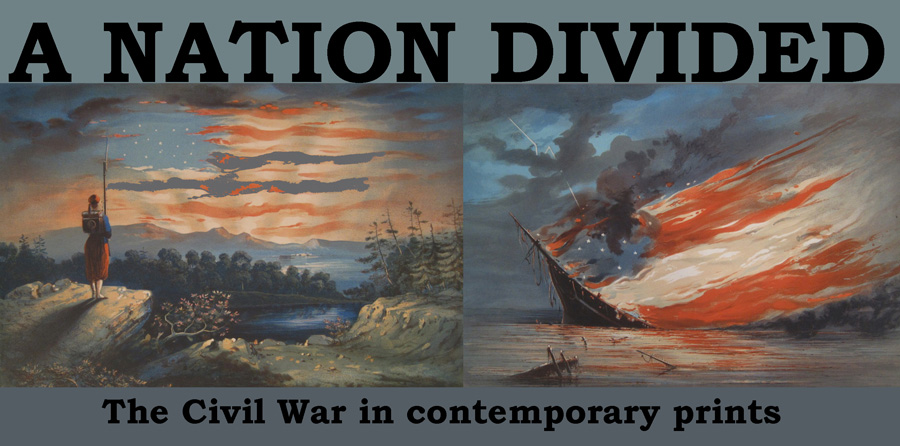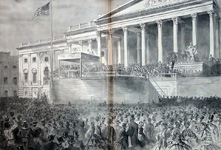
|
|
 |
|
|
|
|

[ A Nation Divided | Main Index | Civil War Reference Books ]
![]()

Those in the Confederate States were not, however, keen on a war, and so within a week they sent a commission to try to come to an agreement with the United States government over issues raised by their secession. Lincoln, refusing to recognize the Confederacy as a separate political entity, instructed Secretary of State William Seward to refuse to meet with the commission.
Nevada Territory was formed from the western part of the Utah Territory. Gold had been mined there, on the eastern slopes of the Sierra Nevada Mountains, from as early as 1850, but in 1859 the Comstock Lode of silver was discovered, the first major discovery of silver in the United States. Over the next year, thousands flooded into the area. This population, most which came from California, was antagonistic to the Mormons who controlled the Utah Territory, so there was agitation for the creation of a new territory. This was viewed favorably by Congress, as the population was primarily anti-slavery and the federal government desired to keep control of the region's mineral wealth.
Settlers in Dakota and Nevada were not the only ones seeking recognition at this time, for those living in the southern part of the New Mexico Territory had been trying for their own territory since as early as 1856. Most of the population in New Mexico was located in the northern part of the territory, near the capital of Santa Fe. Those in the southern parts felt that they were being ignored by the territorial government, so in 1856 and then again in 1860 they held conventions calling for a new Territory of Arizona, to be created from the southern half of New Mexico.
Congress refused to go along with the demands of the Arizonians, initially because the population was so small, but in 1860 because of fears by northern Congressmen that this would become a new slave state. Not only were many in the proposed territory pro-slavery, with extensive business connections to the southern states, but the proposed territory lay below the old Missouri Compromise line of demarcation between slave and free states.
When the Confederacy was created in February, 1861, the Arizonians finally saw an opportunity to create a de facto new territory. A convention was held in Mesilla, where it was voted, on March 16, 1861, to secede from the Union and petition to join the Confederate States. These eastern Arizonians asked those to the west join them, resulting in a convention, held in Tucson, where the delegates voted on March 28, 1861, to join those in the east in forming the new, secession territory.
![]()
![]()
For further information, please contact:

![]()
106 E. Lancaster Avenue, Lower Level
Wayne, PA 19087 USA
610.808.6165
PhilaPrint@PhilaPrintShop.com ![]()
©The Philadelphia Print Shop 2021